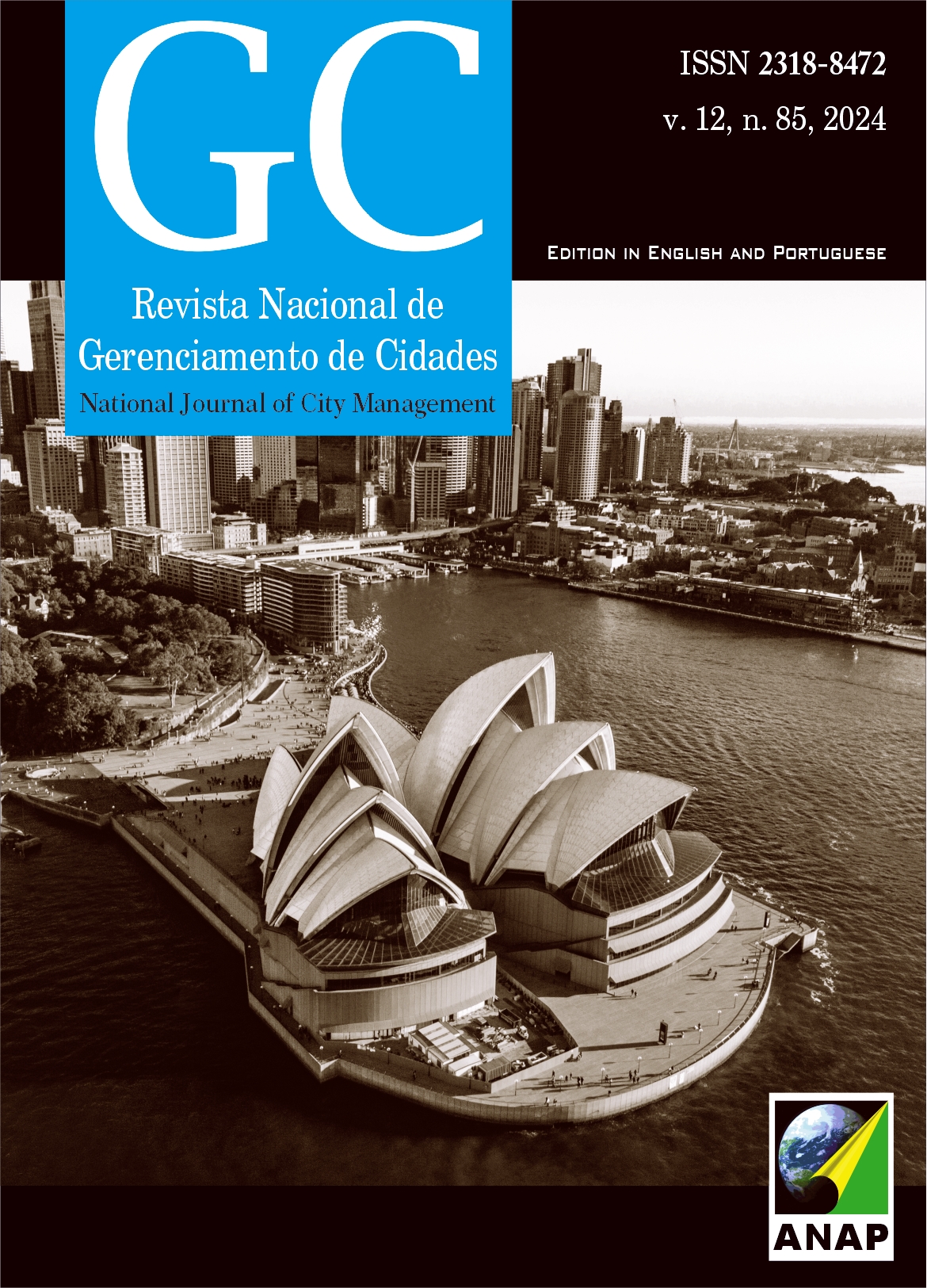Revistas
-
Revista Nacional de Gerenciamento de Cidades
A Revista Nacional de Gerenciamento de Cidades tem como objetivo divulgar trabalhos científicos, resultado de pesquisas empíricas, experimentais ou conceituais, resultantes de pesquisas de mestrado, doutorado ou afins.
Atenção - A partir de 2020 os artigos serão publicados em inglês e português.
Não serão aceitos para submissão artigos de autoria ou coautoria de alunos de graduação ou pós-graduação, "todos os autores" devem estar vinculados a programas stricto sensu ou possuir titulação mínima de mestre.
-
Periódico Técnico e Científico Cidades Verdes
O Periódico Técnico e Científico Cidades Verdes está direcionado para a divulgação de trabalhos científicos, resultado de pesquisa de natureza empírica, experimental ou conceitual, resultantes de pesquisas.
Para submissão, os autores deverão estar ligados no mínimo a uma graduação e deverão publicar com um docente da instituição de ensino.
-
Revista Científica ANAP Brasil
A Revista Científica "ANAP Brasil" está direcionada para a divulgação de trabalhos científicos sobre a temática, resultado de pesquisa de natureza empírica, experimental ou conceitual, resultantes de pesquisas.
Para submissão, os autores deverão estar ligados no mínimo a uma graduação e deverão publicar com um docente da instituição de ensino.
-
Revista Latino-americana de Ambiente Construído & Sustentabilidade
"Revista Latino-Americana de Ambiente Construído & Sustentabilidade" tem como objetivo divulgar trabalhos científicos, resultado de pesquisas empíricas, experimentais ou conceituais, resultantes de pesquisas.
Atenção - Os artigos são publicados em espanhol e/ou português.
Alunos de graduação podem publicar, desde que em autoria ou coautoria de professor mestre ou doutor da instituição de ensino.
-
Revista de Tecnologia & Gestão Sustentável
Revista de Tecnologia & Gestão Sustentável está direcionada para a divulgação de trabalhos científicos, resultado de pesquisa de natureza empírica, experimental ou conceitual, resultantes de pesquisas de mestrado, de doutorado ou de densidade similar.
Foco da revista - Tecnologia, Gestão e Meio Ambiente
-
Scientific Journal ANAP
A Scientific Journal ANAP está direcionado para a divulgação de trabalhos científicos sobre a temática, resultado de pesquisa de natureza empírica, experimental ou conceitual, resultantes de pesquisas.
Para submissão, os autores deverão estar ligados no mínimo a uma graduação e deverão publicar com um docente da instituição de ensino.
Foco da revista - "Sociedade, Ambiente e Sustentabilidade"










